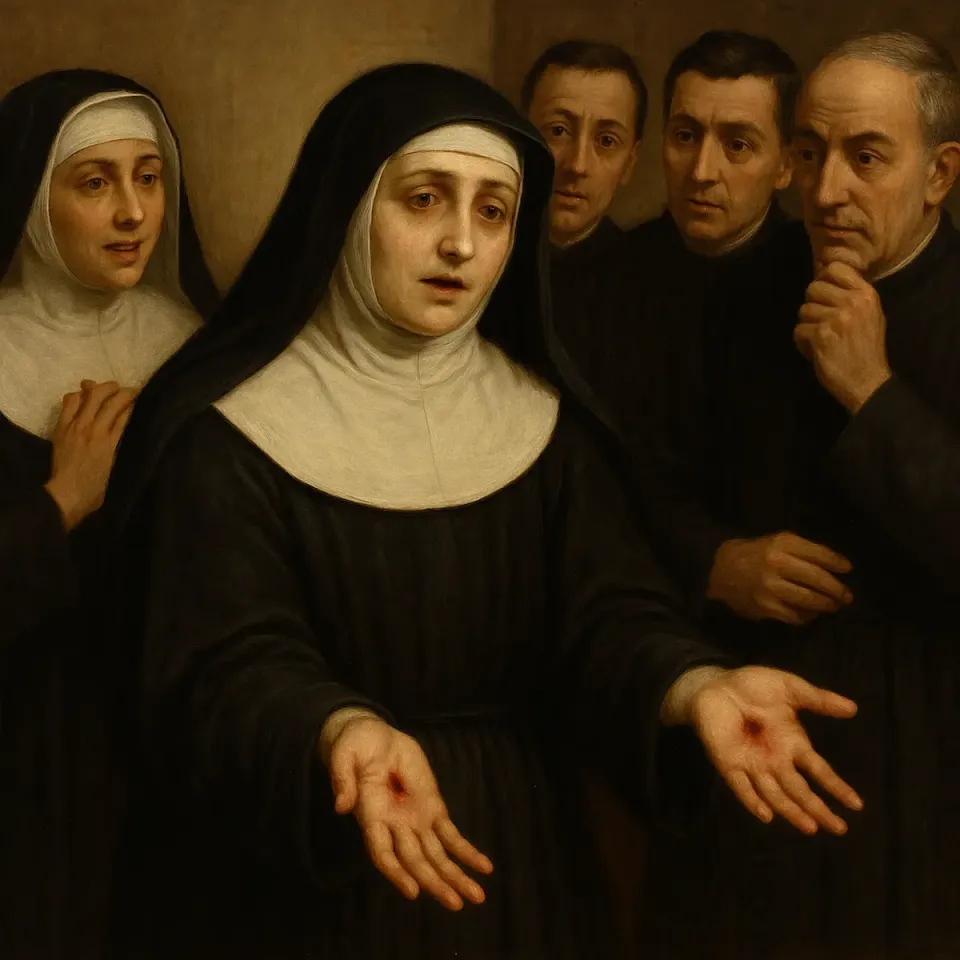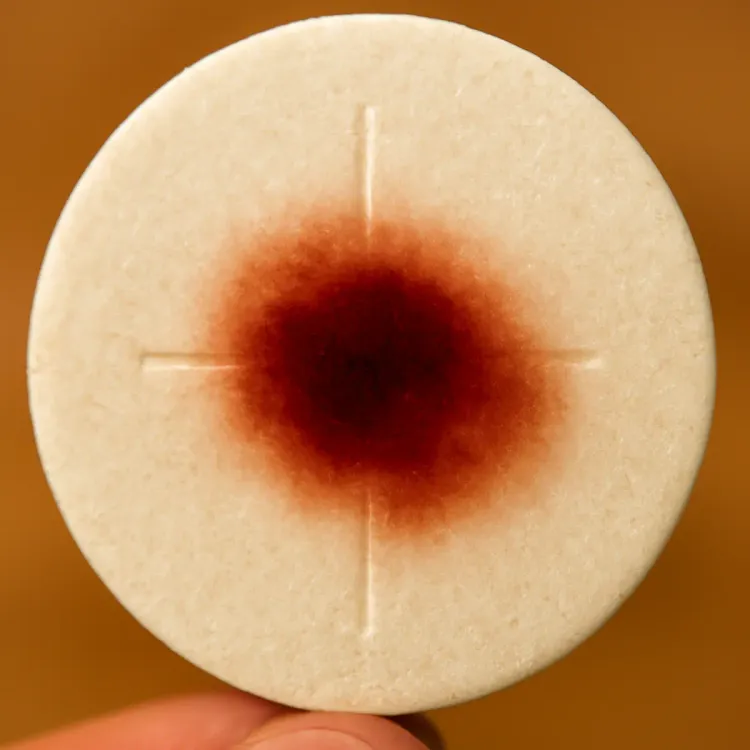The Bloody Saint: How a Revered Nun Faked the Stigmata for Decades

Magdalena de la Cruz was once hailed as a saint for bearing the stigmata. But on her deathbed, she confessed: the wounds were faked with animal blood and sharp objects. Her sanctity was stagecraft, and her piety was caked in pus and deception.
Introduction: Holiness or Hoax?
In the fervently religious climate of 16th-century Spain, few things conferred more spiritual prestige than the visible marks of divine favor. Among the most revered were the stigmata—the miraculous replication of Christ's crucifixion wounds on the bodies of the faithful. One woman, a cloistered nun named Magdalena de la Cruz, became the subject of national veneration when she appeared to bear such wounds. People hailed her as a living saint. Pilgrims came to touch her garments. Clergy sought her blessing.
But holiness has a shelf life—and so does fraud.
The Rise of a Mystical Superstar
Magdalena was born in 1487 and entered a Franciscan convent in Cordoba. There, she rose to prominence for her apparent spiritual gifts: visions, prophetic dreams, and, most notably, stigmata. These bloody wounds—which matched those of the crucified Jesus—were said to open and close in rhythm with the liturgical calendar.
Word spread. Bishops visited. Royalty took notice. She became a sensation in Spanish religious circles and was even consulted during national crises. Her wounds were treated as holy relics in living form.
The Confession: From Saint to Fraud
But decades into her celebrated career as a mystic, Magdalena de la Cruz fell ill. Sensing her end was near, she did something no one expected: she confessed. On her deathbed, she admitted to faking the stigmata for most of her life.
According to contemporary records, she had used animal blood and sharp metal objects to create the illusion of divine wounds. Her bleeding hands, feet, and side had not been heavenly in origin—they were stagecraft. She would open the wounds at key religious moments and hide them beneath her garments to time their "appearance" for maximum effect.
Her motivation? A combination of ambition, religious fervor, and a keen understanding of what impressed both the faithful and the Church hierarchy.
Disgusting Detail: The Unsanitary Side of Sainthood
The public image was one of radiant holiness. But behind the scenes, Magdalena was keeping open, festering wounds concealed beneath layers of cloth—not out of suffering, but showmanship. The repeated application of animal blood and the use of metal implements would have introduced significant health risks, infections, and horrific odors. Her "sainthood" was a biohazard.
What was presented as sacred suffering was, in reality, unsanitary, grotesque, and medically reckless. And people were venerating it.
Conclusion: When Faith Rewards Fraud
Magdalena de la Cruz's story is a case study in the Church's long history of elevating spectacle over skepticism. Her fraud persisted for decades, unchallenged, not because it was convincing, but because it was convenient.
People wanted to believe. The Church wanted a mystic. The myth served everyone—until the truth got too ugly to hide.
Works Cited
Thurston, Herbert. The Physical Phenomena of Mysticism. Burns, Oates & Washbourne, 1952.
Nickell, Joe. Looking for a Miracle: Weeping Icons, Relics, Stigmata, Visions & Healing Cures. Prometheus Books, 1999.
Levack, Brian P. The Devil Within: Possession and Exorcism in the Christian West. Yale UP, 2013.





Comments ()